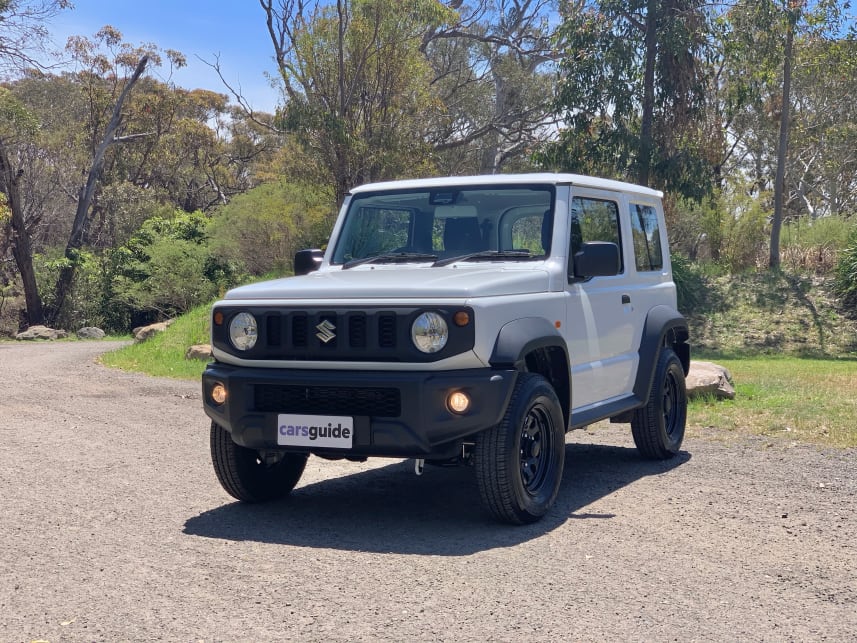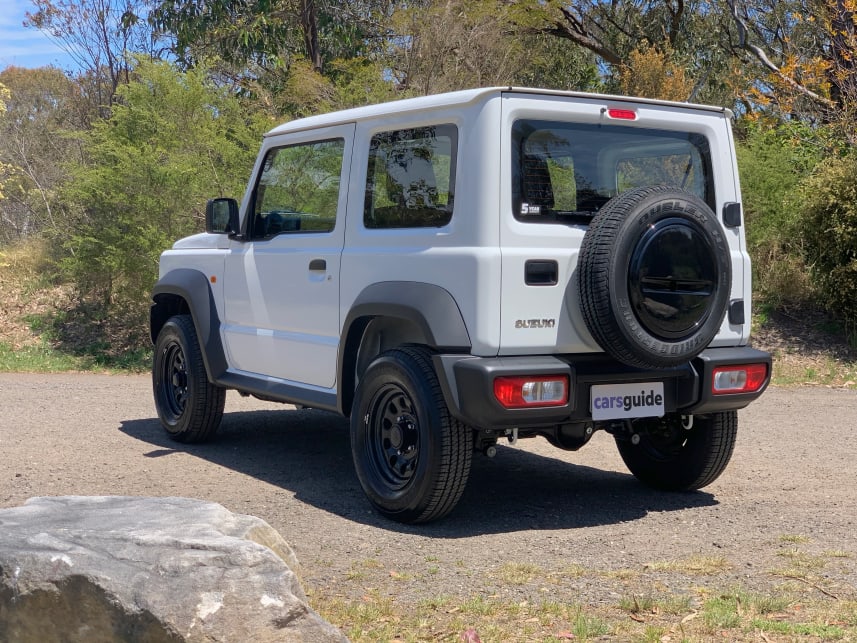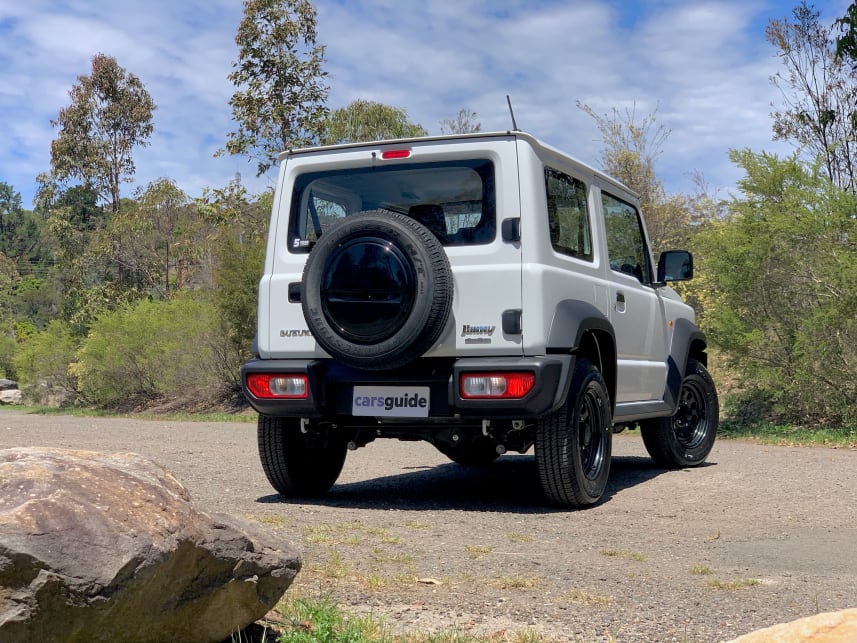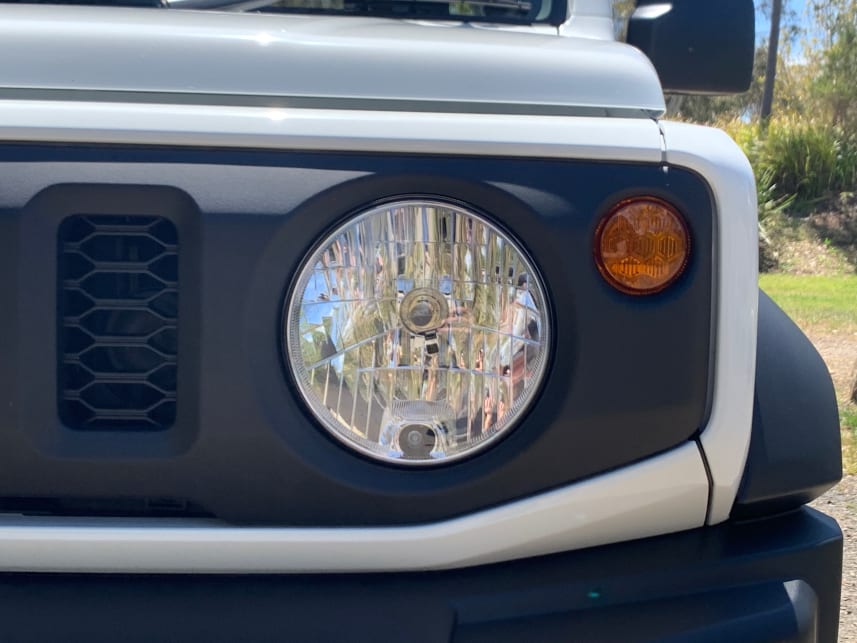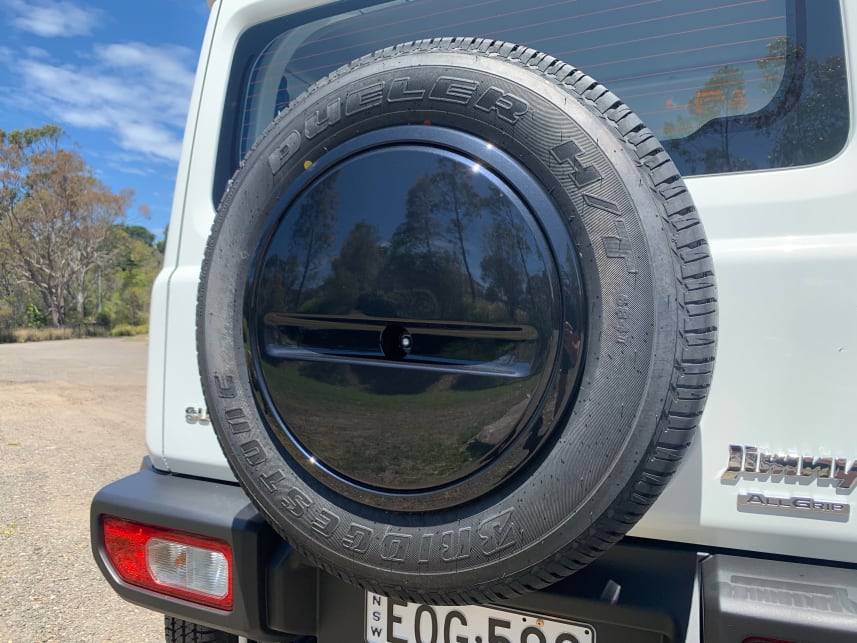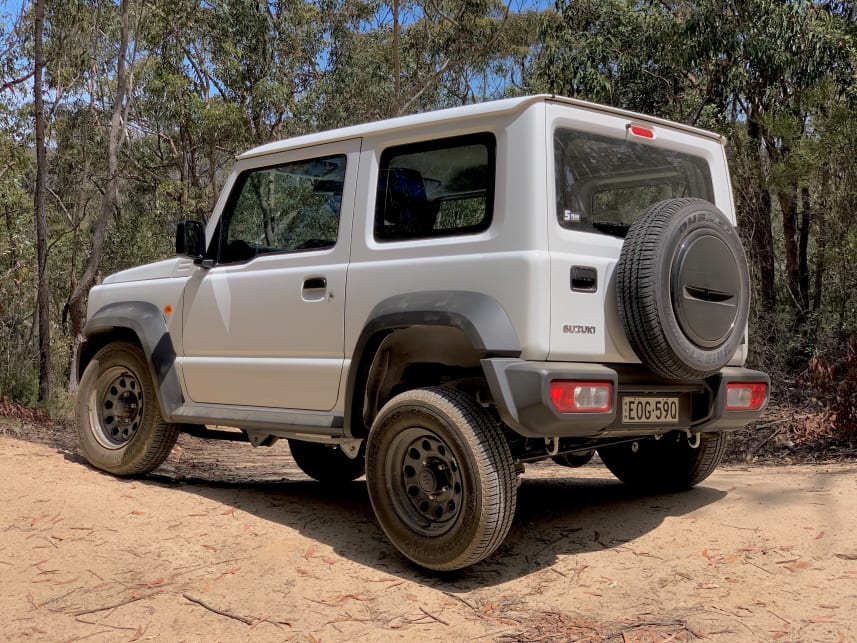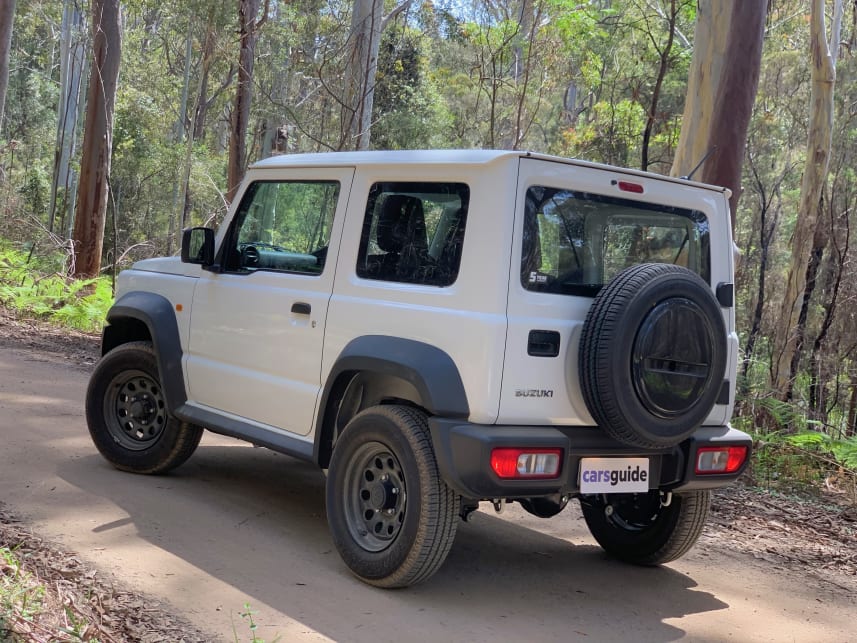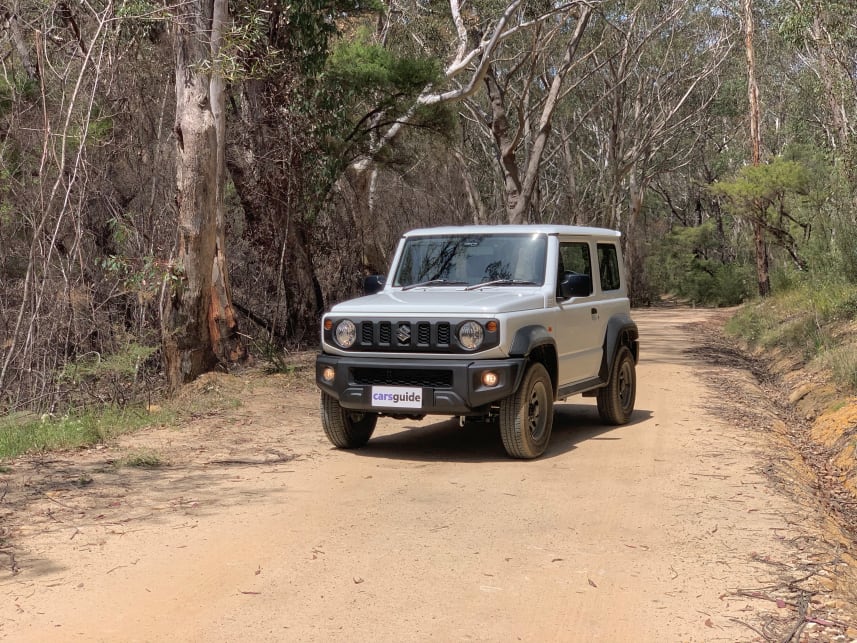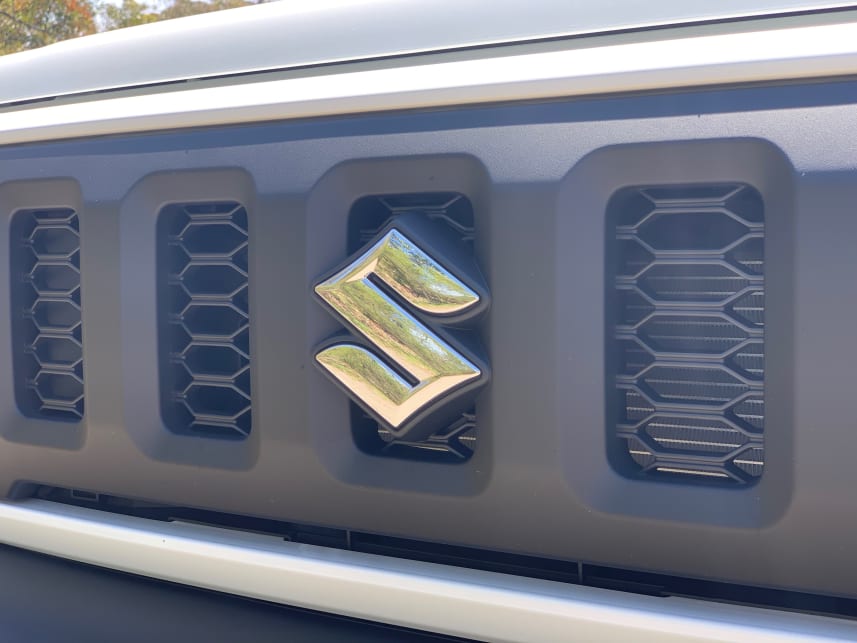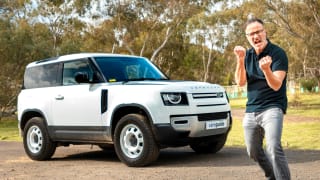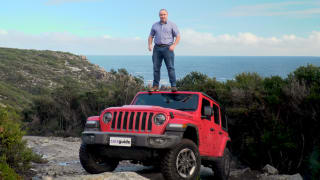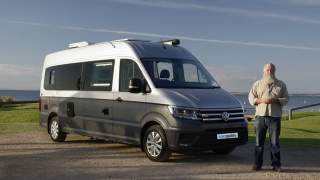Honestly, it should be even cheaper. But part of the reason this generation of Jimny is so popular is because there are no close-priced rivals with this much capability on offer at this point in time. The GWM Tank range may address that soon, but until then, you’ve got a Land Rover Defender 90 (from $74,516), Jeep Wrangler 2 Door (from $53,750), or a number of second-hand options. Heck, even previous generation Jimnys are fetching close to $25k at the time of writing.
There are some big omissions from this Jimny Lite model that relegate it to a no-frills example. Lite, yes. Light on spec? Yes to that, too.
For $26,990 (MSRP - plus on-road costs) and available with the five-speed manual transmission only, you are paying three grand more than you would have for the better-specced model when it launched in 2018, and that car is now $4500 dearer than when it launched, at $28,490.
There are multiple considerable subtractions made to help it meet that lower (but not low) price point, too.
Gone is the 7.0-inch touchscreen with sat nav (later replaced by a 9.0-inch screen without sat nav on 2022 models due to the microchip shortage), and with that there is no Apple CarPlay or Android Auto - just a double-din CD player and AM/FM radio with Bluetooth - more on just how bad that is in the interior section below.
There’s also manual air-conditioning instead of climate control, you get 15-inch steel wheels rather than the alloys on the dearer model, and you even miss out on interior light, a 12-volt outlet in the boot, fog lights and LED headlights (Lite runs halogen lamps). Those headlights, at least, have auto on-off functionality, and auto high-beam, too.
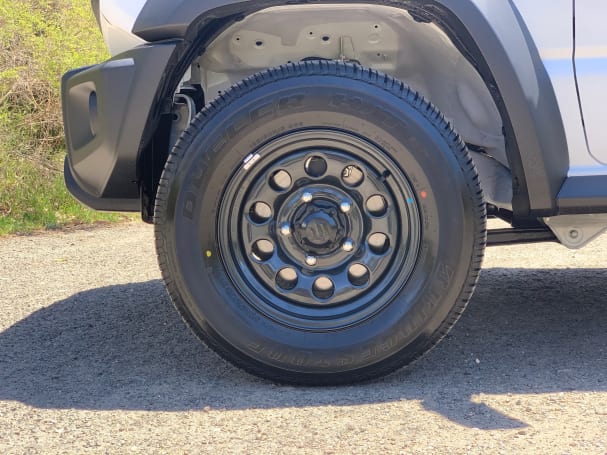
You’ll miss colour-coding on the exterior - the mirrors and door handles are unfinished black plastic, and while those wing mirrors still feature electric adjustment, they don’t fold in like the higher-grade model.
What else is absent? A reversing camera is the last piece of the puzzle - and while it can be a potentially life-saving piece of safety technology, the Jimny remains pretty easy to size up when parking.

Colour choices for the Jimny Lite are White (like you see here) which comes at no extra cost, while the metallic paint finishes - Jungle Green and Medium Grey will cost you $695 and you’ll have to spend $1295 more if you want two-tone black-roof paint in Chiffon Ivory, Kinetic Yellow or Brisk Blue.
As for accessories, there are several to choose from direct from Suzuki, including an upgraded stereo sound system, a different grille, underbody protection, nudge bar, mud flaps, floor mats, front and rear diff guards, different wheels, roof rack kits with bike carrier or snowboard/ski/surfboard racks, and a tow bar kit.




